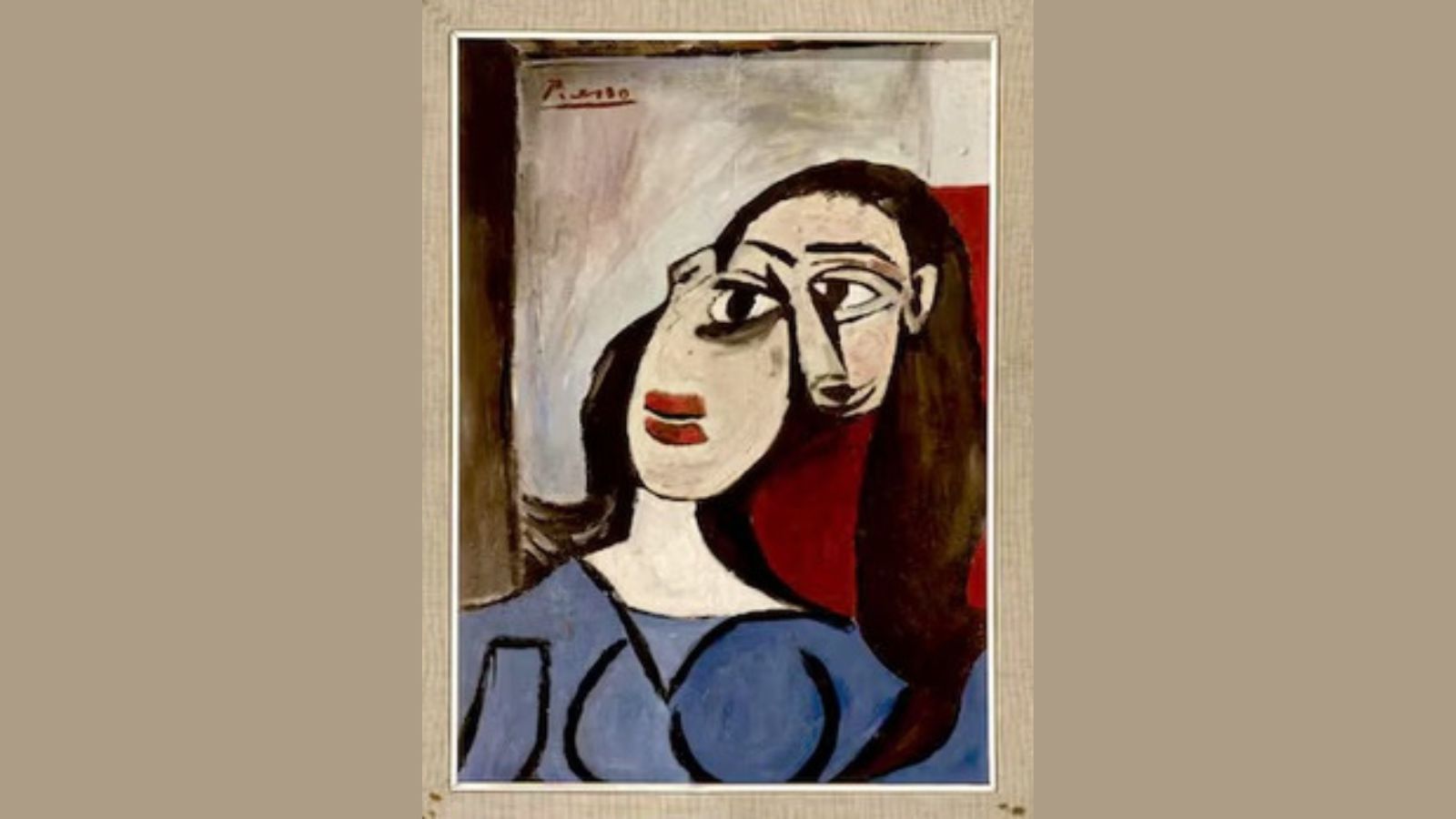[ad_1]
Cinzia Altieri, a graphologist and member of the Arcadia Foundation’s scientific committee, confirmed the painting’s style as distinctly Picasso, stating, “After all the other examinations were done, I was tasked with studying the signature. There is no doubt that the signature is his. There was no evidence suggesting that it was false.”
Andrea Lo Rosso, now 60, reflected on his father’s unassuming background. “My father was from Capri and collected junk to sell for next to nothing. He found the painting before I was born and had no clue who Picasso was. He wasn’t a very cultured person, and I kept telling him it looked similar, but he didn’t understand.”
Despite the family’s initial inclination to dispose of the painting due to his mother’s strong dislike—she found it “repulsive”—Andrea persisted in his quest to authenticate it. However, he faced significant challenges, as the Picasso Foundation in Málaga repeatedly dismissed his claims as false.
Now, with expert confirmations in hand, the painting’s authenticity is finally being recognized. Notably, Picasso frequently visited Capri, where the painting was discovered, and the estimated creation period between 1930 and 1936 aligns perfectly with his stylistic evolution. Throughout his prolific career, Picasso created over 14,000 works, leaving ample opportunity for unknown pieces to surface.
Currently, the painting is stored in a vault in Milan, awaiting official recognition from the Picasso Foundation. This extraordinary find not only highlights the hidden treasures that may still exist in the world but also underscores the journey of art appreciation across generations.
[ad_2]


